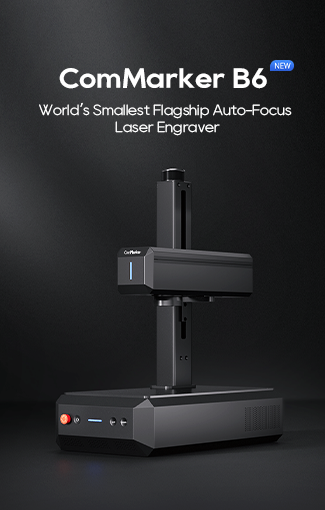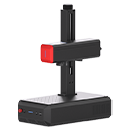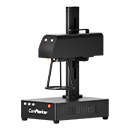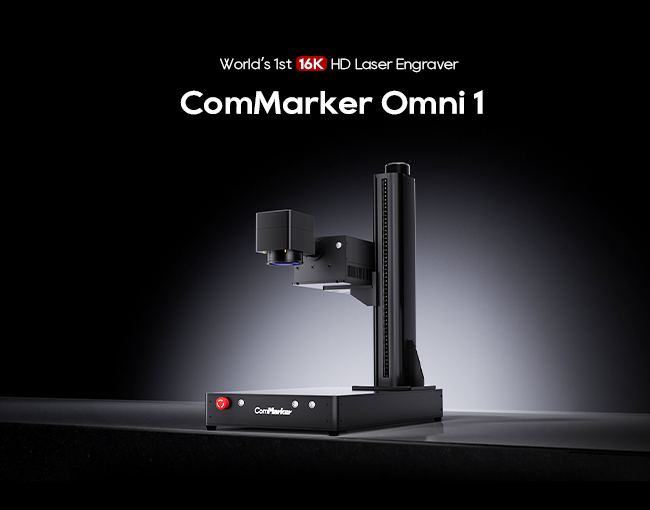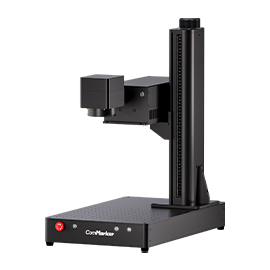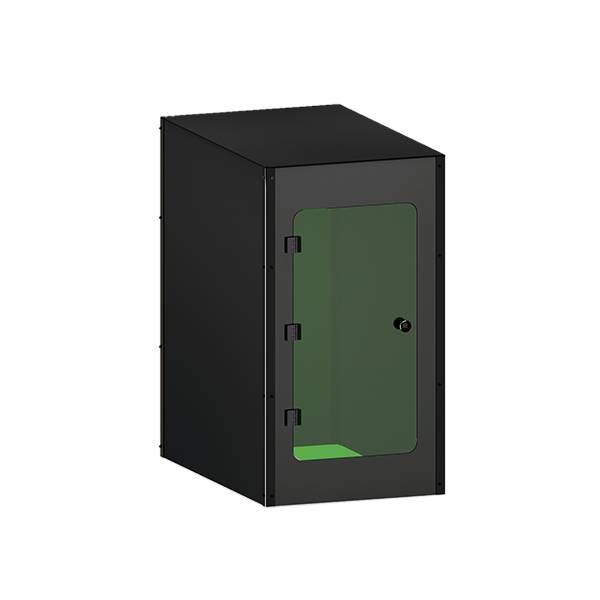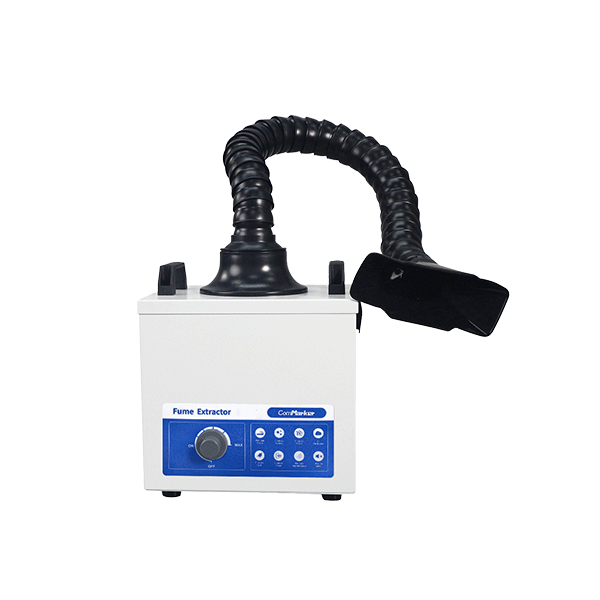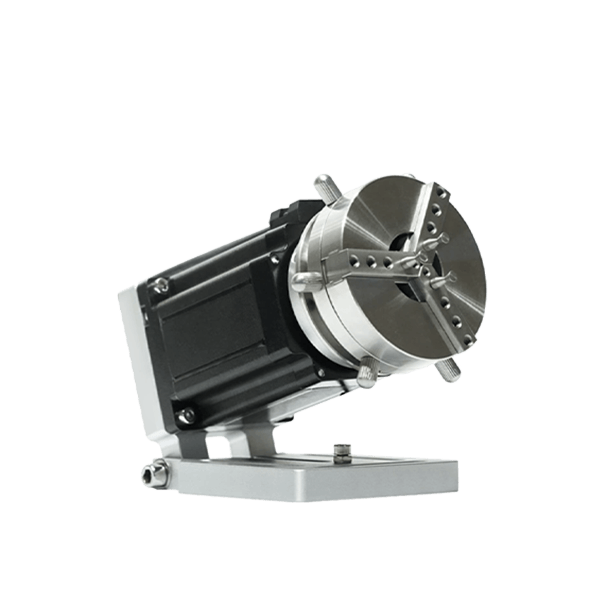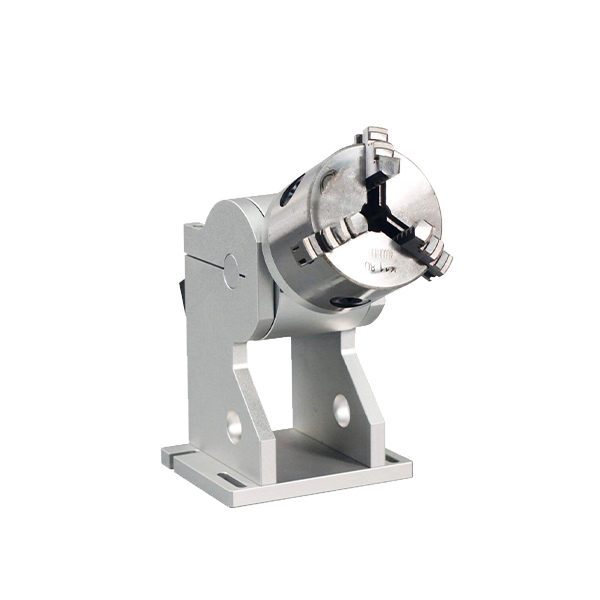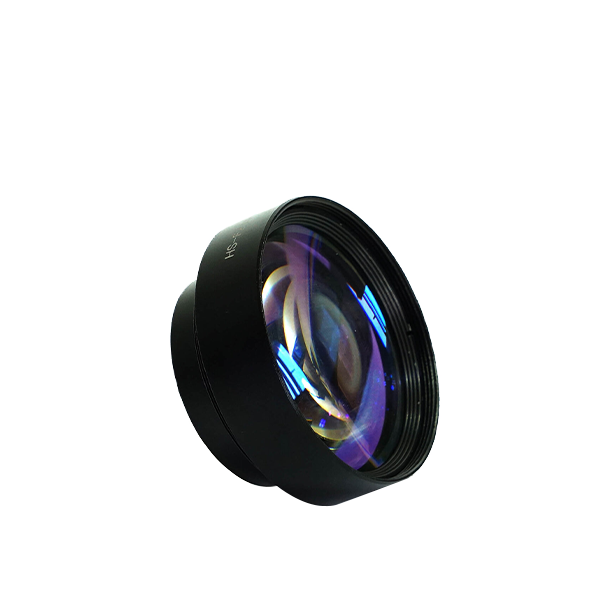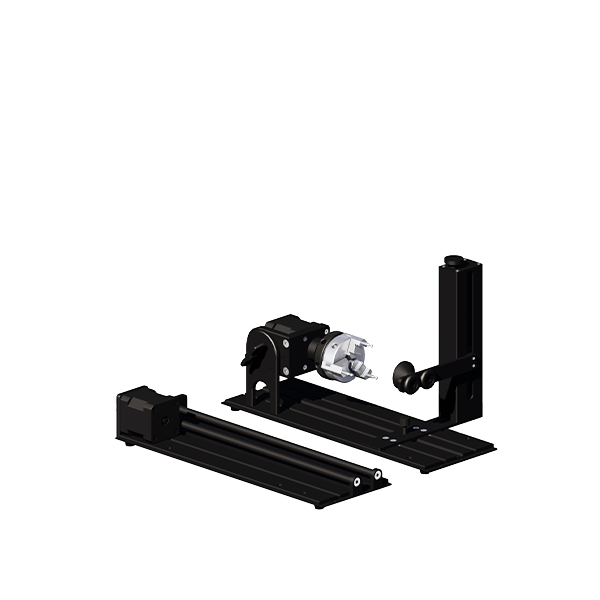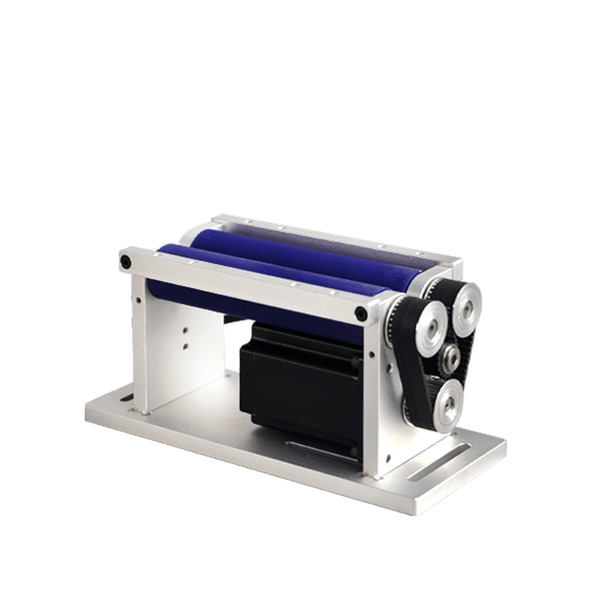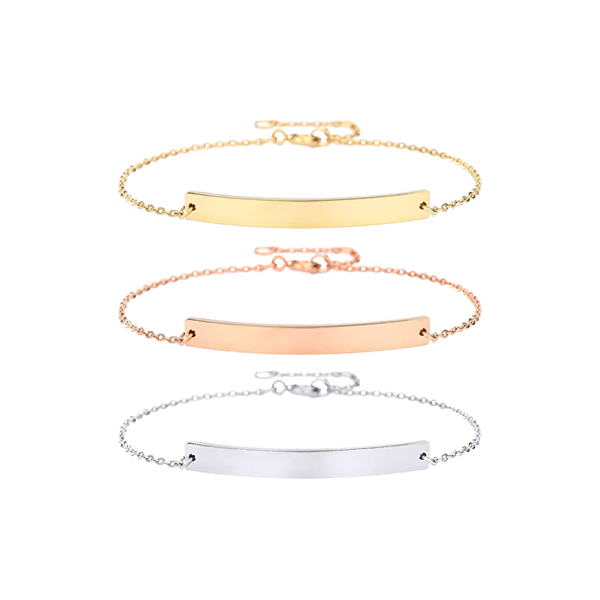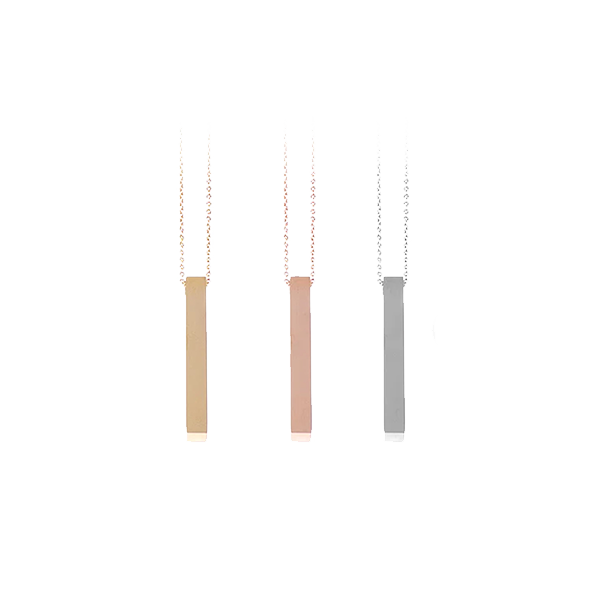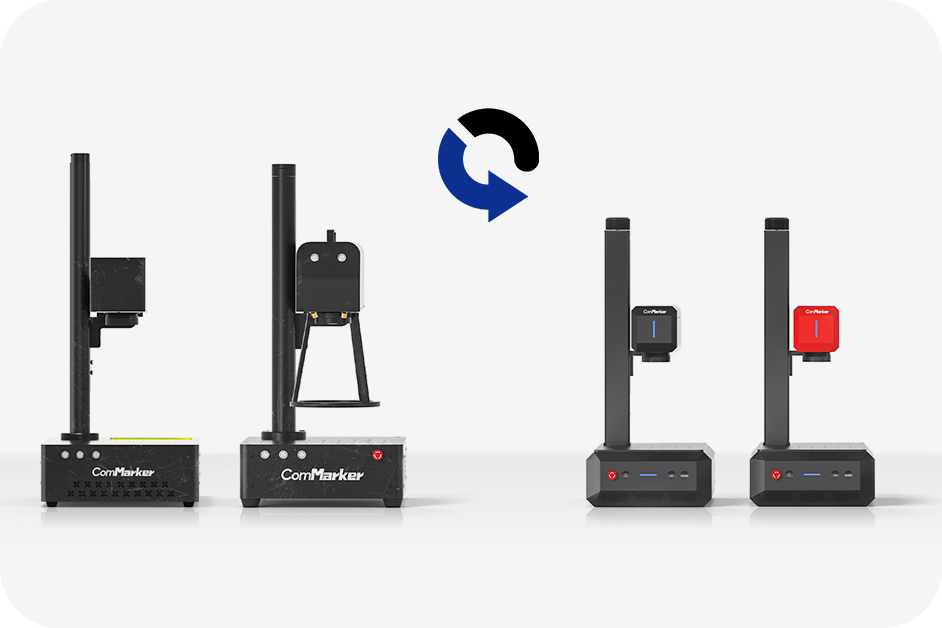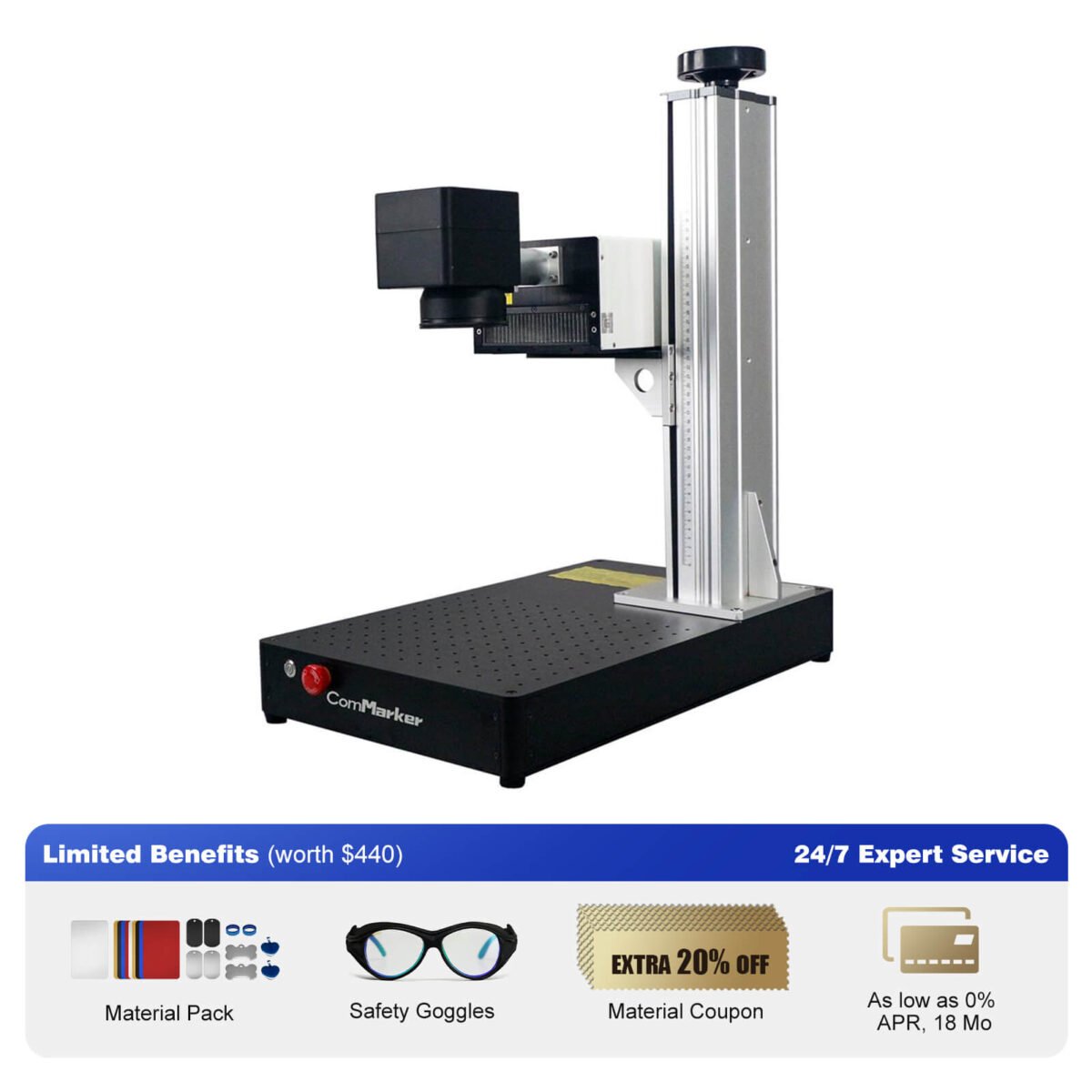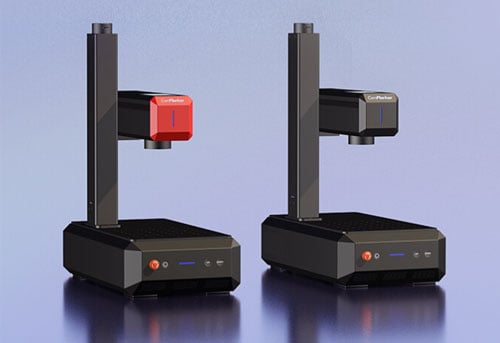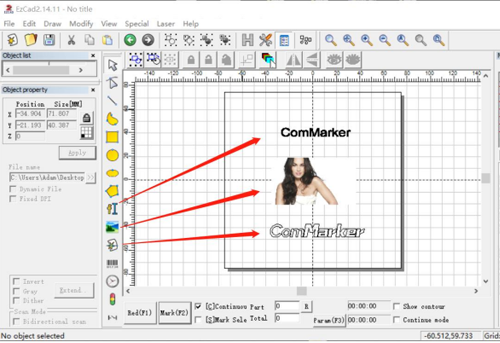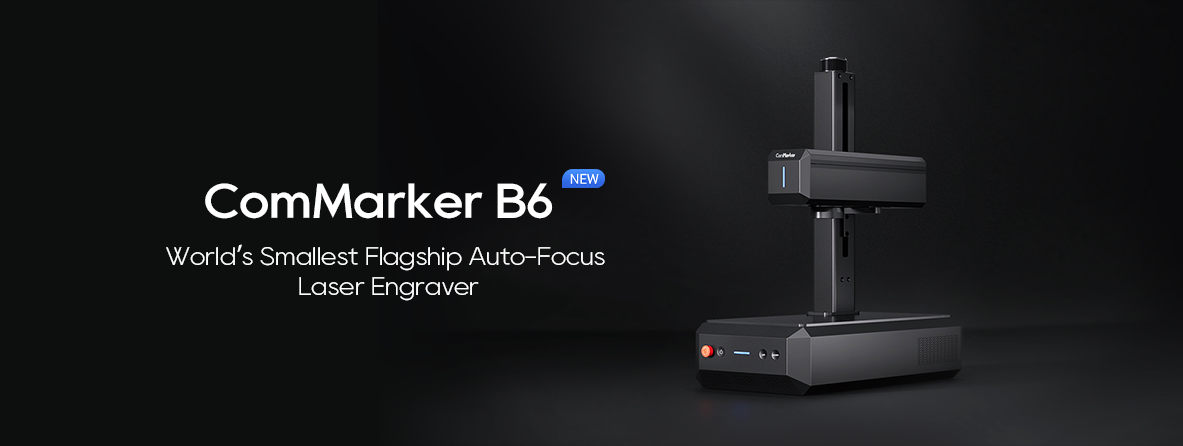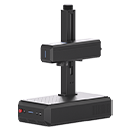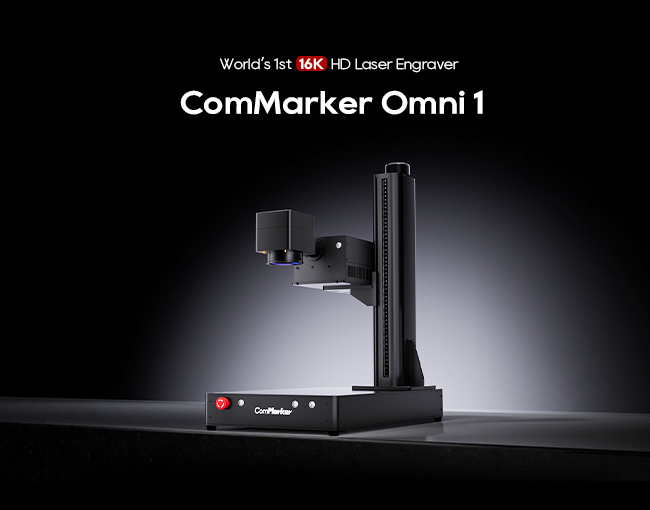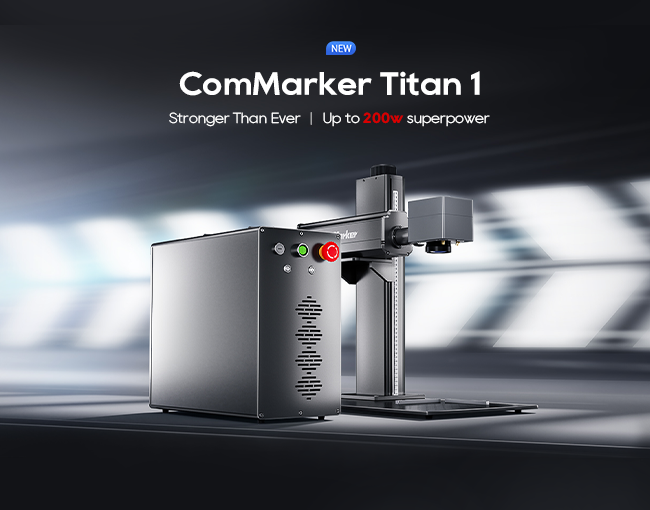Gedreven door de groeiende vraag naar personalisatie, laser engraving has risen significantly in the last decade. To reflect their unique style, customers seek high-quality products with intricate designs on fabric and denim. It empowers designers and manufacturers to meet the requirements of fashion-conscious consumers.
Lasergraveur helpen bij het creëren van veelzijdige en complexe ontwerpen op verschillende stoffen. Een UV-lasergraveerder is een ideaal hulpmiddel omdat het een stap voorwaarts is ten opzichte van traditionele graveurs, voorkomen dat het materiaal kromtrekt. Door minimale warmteontwikkeling, dit doet wonderen op stoffen door ze niet te verbranden.
Such a laser creates a focused Ultraviolet(UV) beam on the surface of the material, creating a permanent marking. The ablation technique is used to facilitate this process. Fashion houses have majorly adopted this revolutionary technique to embellish fabrics.
Echter, opting for a reliable UV laser engraver manufacturer is integral. ComMarker is an acclaimed manufacturer with their modern UV laser graveermachine. This device is precise in engraving, with the ability to mark a diverse range of materials.
To better understand how UV laser making machine create intricate designs on fabric and denim, we have created a comprehensive article for our readers. It highlights the range of designs, its interaction with different fabrics, and industrial usage.
To understand the applications of UV laser engraver in fashion, it’s critical to understand their mechanism before diving into their properties.
Interaction of UV lasers with Fabric and Denim
Unlike other lasers, UV lasers interact differently with textiles and denim. UV light interacts with fabric molecular structure to modify dye molecules or fibers due to its shorter wavelength. This produces effects suitable for textile applications.

UV lasers interact with textiles and denim as follows:
1. Dye Removal:
UV lasers remove fabric dyes well. UV radiation breaks down and fades color molecules. This method is used to fade certain portions of denim to create distressed or vintage-looking denim.
2. Fabric Alteration:
UV lasers can texture and design textiles via surface modification. UV radiation may melt or ablate cloth, creating raised or textured surfaces. This method creates elaborate cloth patterns, branding, and embossing.
3. Surface Cleaning:
These can remove dirt, stains, and pollutants from clothes. These impurities include organic materials that UV radiation breaks down, making the cloth cleaner and brighter. This procedure is ideal for fragile materials that cannot survive aggressive cleaning agents.
4. Enhancing Fabric Performance:
Aanvullend, UV lasers may give textiles unique functional qualities. Fabrics may become water-repellent, wrinkle-resistant, or flame-retardant under UV irradiation. This improves fabric durability and usefulness.
The Benefits of using UV lasers over traditional engraving
- UV lasers offer exceptional precision and control, allowing for highly detailed and intricate designs.
- UV lasers are non-contact processes, eliminating the risk of mechanical damage or contamination to the substrate. This is particularly beneficial for delicate or sensitive materials that cannot withstand physical contact.
- They are environmentally friendly alternative to traditional engraving methods, which often rely on harmful chemicals or solvents.
- These can be used for a wide variety of applications beyond engraving, including cutting, markering, and surface modification. This versatility makes them a valuable tool for various industries, including textile, elektronica, and medical device manufacturing.
- UV laser engravings are highly durable and permanent, resistant to fading, scratching, or wear and tear. This ensures that the engraved markings remain legible and aesthetically pleasing throughout the product’s lifespan.
- These offer high processing speeds, making them efficient for mass production and reducing overall production time.
Design, Precisie, and Quality
The Accuracy of UV Laser Engraving on Textiles
UV laser engraving on textiles is known for its high level of accuracy, capable of producing intricate designs and patterns with precise detail. This accuracy is attributed to several factors:
These emit a beam with a very small diameter, typically in the range of micrometers. This allows for highly focused and controlled interaction with the textile material, enabling precise engraving of fine lines, rondingen, and complex shapes. This can be seen in ComMarker B4 UV laser engraver, which makes carvings on denim and fabric up to 0.01mm.
They also have a high energy density, meaning they deliver a concentrated amount of energy to a small area. This energy is sufficient to ablate or modify the textile material at a microscopic level, creating precise and consistent engravings.
Comparison with Conventional Fabric Printing and Design Methods
Here are a few points that demonstrate how UV lasers differ from conventional methods.
Precisie en kwaliteit
Superior precision and control are qualities of conventional fabric printing methods. This is because UV lasers use a focused beam of light to ablate or modify the surface of the fabric, allowing for precise and intricate designs. Conventional printing methods, anderzijds, often rely on stencils or rollers, which can limit the level of detail that can be achieved.
Mechanical Damage
UV laser engraving is a non-contact process, meaning the laser beam does not touch the fabric. This eliminates the risk of mechanical damage or distortion to the fabric, which can be a concern with conventional printing methods, especially for delicate fabrics.
Duurzaamheid
The engravings made from UV lasers are highly durable and fade-resistant, as they are directly ablated into the surface of the fabric. Conventional prints, anderzijds, are more prone to fading over time, especially when exposed to sunlight or harsh chemicals.
Toepassingen
UV laser engraving can be used for a variety of applications beyond engraving, including cutting, markering, and surface modification. Conventional printing methods are typically limited to printing or applying inks or dyes to the fabric.
Verenigbaarheid
UV laser engraving is ideal for many fabrics including denim, but it is not suitable for all fabrics, such as some synthetic fabrics. Conventional printing methods, anderzijds, can be used on a wide variety of fabrics, including synthetic fabrics.
The Versatility of UV Laser Engraving for Fashion
Being of a flexible nature, fashion houses use these laser engraver for multiple design functions, as described below.
Range of Designs Achievable on Various Fabrics
Vintage Design
UV laser engraving can precisely remove dye from fabrics, creating distressed or vintage looks on denim, cotton, and other textiles. This technique is commonly used to achieve faded, abraded.
Complex Patterns
Allows for engraving fine lines, rondingen, and complex patterns onto various fabrics. This makes it suitable for creating logos, lettering, intricate motifs, and ornamental designs.
Scannable QR codes
Durable and scannable barcodes or QR codes on textiles are another use of UV laser engraver.
Personalized Logos
Personalized names, initialen, or unique designs on clothing, accessoires, or home textiles
Customization Potential for Small-scale and Large-scale Production
Small-Scale Production
For the POD industry, manufacturers can create unique and memorable gifts with engraved names, initialen, or messages on jewelry, horloges, leather goods, or other items. It can also rapidly produce small batches of samples or prototypes with intricate designs and textures for textile design, fashion design, or product development.
Large-Scale Production
UV laser engraving can also be integrated into large-scale production lines for consistent and efficient customization. This makes it suitable to automate the marking or engraving of logos, serienummers, barcodes, or other markings onto products like electronics, industriële componenten, or medical devices.
Industry experts can also efficiently engrave patterns, texturen, or designs onto fabrics for mass production of apparel or other textile products. They can also create localized functional properties on materials, such as water-repellent patterns on sportswear or anti-slip surfaces on industrial equipment.
Casestudies: UV Laser Engraving in the Fashion Industry
To gauge the working and versatility of UV laser engraving, we have rounded off some case studies that highlight its use.
Testimonials from Designers and Brands
Getuigenis 1:
A Fashion Designer Named Sarah Jones gave her testimonial regarding UV laser engraving. She stated:
‘My approach to customized clothing has been completely transformed by UV laser engraving. I can make complicated patterns that are unachievable with standard approaches. Incredibly adaptable, the engravings are a work of art in terms of intricacy and accuracy. Decorative items made of denim, leer, and even silk may be enhanced with its assistance. The advent of UV laser engraving has given me unlimited room for creativity.’
Getuigenis 2:
Eco-Conscious Fashion Brand Founder, Emily Chen also found UV laser engraving highly beneficial as he stated:
“As the creator of an eco-friendly fashion label, I sought a method to add a personal touch to our products without compromising our dedication to ethical manufacturing. There was no better option than UV laser engraving. It produces long-lasting engravings without chemicals or trash and is non-contact. UV laser engraving gives a personal touch to our items, and we’re delighted to use a sustainable technology.”
The Sustainability Edge
UV lasers are highly eco-friendly when compared to traditional means, making them a highly attractive choice for manufacturers to reduce their environmental footprint.
Environmental Benefits of UV laser engraving on textiles
- These do not use any harmful chemicals or solvents, eliminating the risk of environmental contamination and exposure to hazardous substances.
- This technique typically requires minimal water compared to traditional printing methods that involve extensive washing cycles.
- UV lasers are highly efficient energy converters, utilizing electrical energy to generate focused beams of light for engraving. This results in lower energy consumption and reduced environmental impact. ComMarker B4 UV laser engraver 3W 110V is ideal in this respect as also works as a home power outlet, reducing energy consumption.
- These can remove or modify existing dyes on fabrics, eliminating the need for new dye production and the associated environmental impact of dye manufacturing and disposal.
- They also do not generate volatile organic compounds (VOC's) or other harmful emissions, minimizing their contribution to air pollution and environmental degradation.
Challenges and Considerations
Apart from having a range of benefits, UV laser engraver also require some upkeep to stay functional for a long time. Deze zijn als volgt.
Maintenance and care of UV laser engraving machines for textiles
- Regular cleaning is crucial to remove dust, brokstukken, and contaminants from the laser machine. Use a soft cloth or brush to gently wipe down the exterior surfaces, including the laser housing, Controlepaneel, and lenses. Avoid using harsh solvents or abrasive materials that could damage the delicate components.
- Clean the laser mirrors to maintain their reflectivity and prevent beam distortion. Use a soft cloth or brush specifically designed for cleaning optical surfaces. Avoid direct contact with the mirror surface to prevent scratches or damage.
- Verify the alignment of the laser beam using a beam alignment tool or alignment jig. Proper alignment ensures precise and consistent engraving results.
- Calibrate the laser beam power periodically to maintain consistent energy output and engraving quality.
- Lubricate any moving parts or components according to the manufacturer’s recommendations. Proper lubrication ensures smooth operation and reduces wear and tear.
UV-lasermarkeermachine
ComMarker UV-lasermarkeermachine 📜Specificatieparameters: Luchtafkoeling, Stroom: 3W/5W-formaat:350x650x720mm(13.78×25.59×28.35inch), Lens: 110mmx110mm(6.89×6.89inch), Gewicht: 50.71 pond(23KG) 🤖ComMarker UV-laser
Conclusie
Fiber laser graveur have found their usage in the textile industry due to their low heat-affected zone and no burning of fabric. From the denim industry, home textiles, and sportswear to the fashion industry, UV lasers work with high precision. They have been the modern tool to allows manufacturers to aid flexible manufacturing, either for print-on-demand or bulk production. UV lasers do require some upkeep and require a high initial investment, but these can last for a long time. We hope this article provides all the information regarding better design creation on fabrics and denim.




